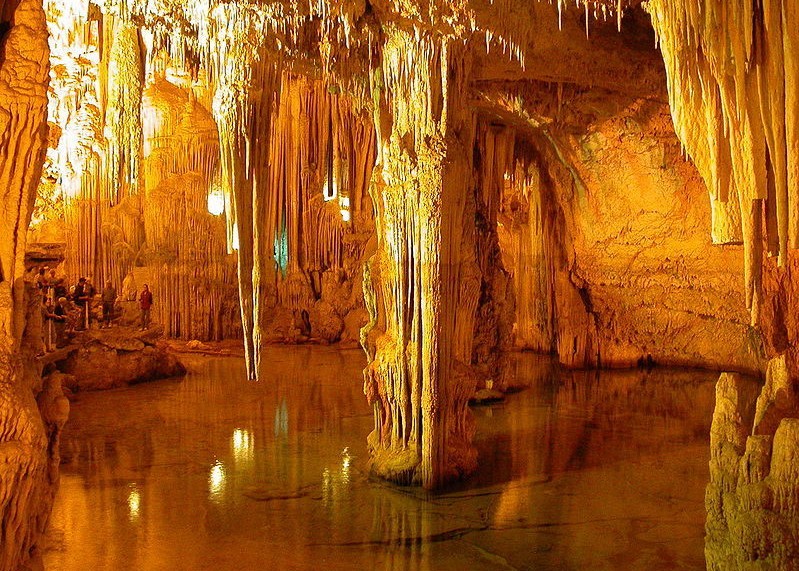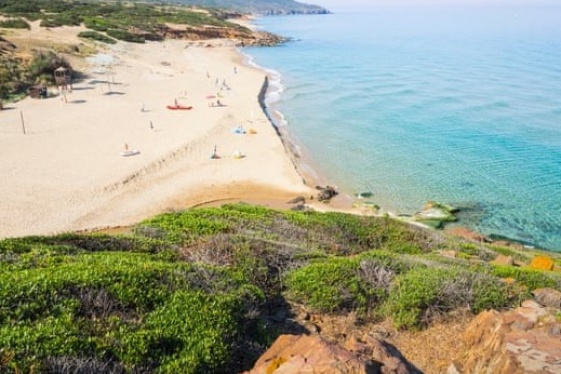

In the 18th century, a local fisherman from Sardinia spotted an opening in a cliff side while fishing off the coast. The opening, which is generally a meter above sea level unless waters are rough, turned out to be a beautiful grotto featuring an abundance of giant stalactites and stalagmites. Named after the Roman god of the sea, the local legend has since become a tourist attraction.
Within the grotto, tourists can visit a 120-meter-long saltwater lake. The shallow salt lake boasts the same calcic salt structures as the rest of the cave. The entrance to the cave is accessible by boat when waters are calm, or by car.
SOURCE: https://www.atlasobscura.com/
You may be interested
-
'I'm Italian - this is the most beautiful but...
Bosa, a picturesque town nestled on the western coast of the enchanting island of Sardinia...
-
'Saffron tourism' takes hold in Italy, harves...
Saffron tourism is the holiday of choice for a growing number of people fascinated by the...
-
‘I have given up the fight’: ‘Italy’s Robinso...
A man known as Italy’s Robinson Crusoe who has lived alone on a Mediterranean island for m...
-
‘My classmates are like my grandchildren’: It...
An Italian woman who missed out on formal education because of the second world war has re...
-
‘Nudity on the beach is normal’: how Sardinia...
Sergio Cossu’s nude awakening came in 1972, when, at the age of 16 and needing a getaway f...
-
‘The Oratorio’: Martin Scorsese Celebrates a...
There’s a point in “The Oratorio” when the attention turns to the organ at St. Patrick’s O...
-
‘Threads of God’: Rarest Pasta in the World I...
In the small Sardinian town of Nuoro, there are very few people who still know how to make...
-
‘Tucci In Italy’ Renewed For Season 2 At Nat...
Stanley Tucci is heading back to Italy after Nat Geo renewed his docuseries Tucci In Italy...










